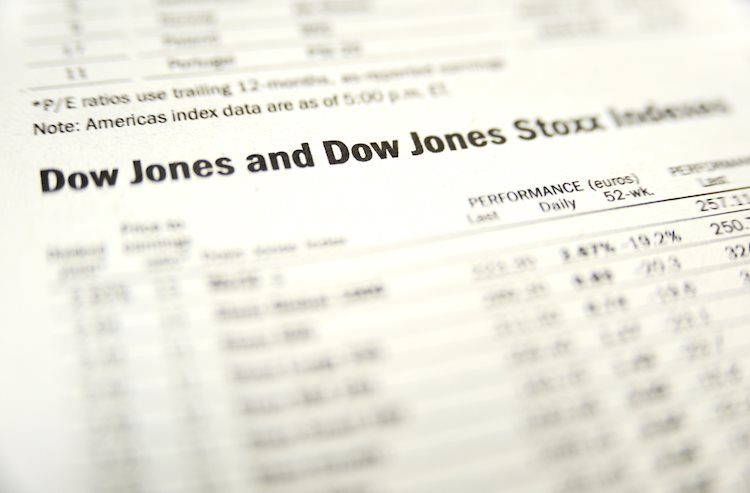As global stocks have moved higher, there is a natural desire to pinpoint what, exactly, is the main driver of that strength. A pretty common explanation is that it is down to the amount of cash being pushed into markets, from both central banks and investors. Yet while these flows are very large – and important – there’s a problem with the idea that they are the main driver of the market, according to Andrew Sheets, Chief Cross-Asset Strategist for Morgan Stanley.
“The health of company earnings has, and will continue, to matter. Market weakness over the last few days, I think, has been linked to fears that growth could be weaker than expected. 2nd quarter earnings season, which kicks off next week, will be a key barometer to where underlying earnings power is, relative to expectations.”
“Central bank and investor flows might be impacting the market in a slightly different way. When thinking about the fact that markets and expected earnings have both risen about the same amount this year, another way to phrase that is that the market’s price relative to those earnings, or the P/E ratio, has managed to stay constant.”
“It’s actually pretty unusual for the P/E ratio to remain stable when it’s been as high as it’s been recently. So maybe that’s the compromise in this market debate: markets have been rising in line with earnings, but central bank and investor flows are helping to support higher than normal valuations for longer than we normally see.”





